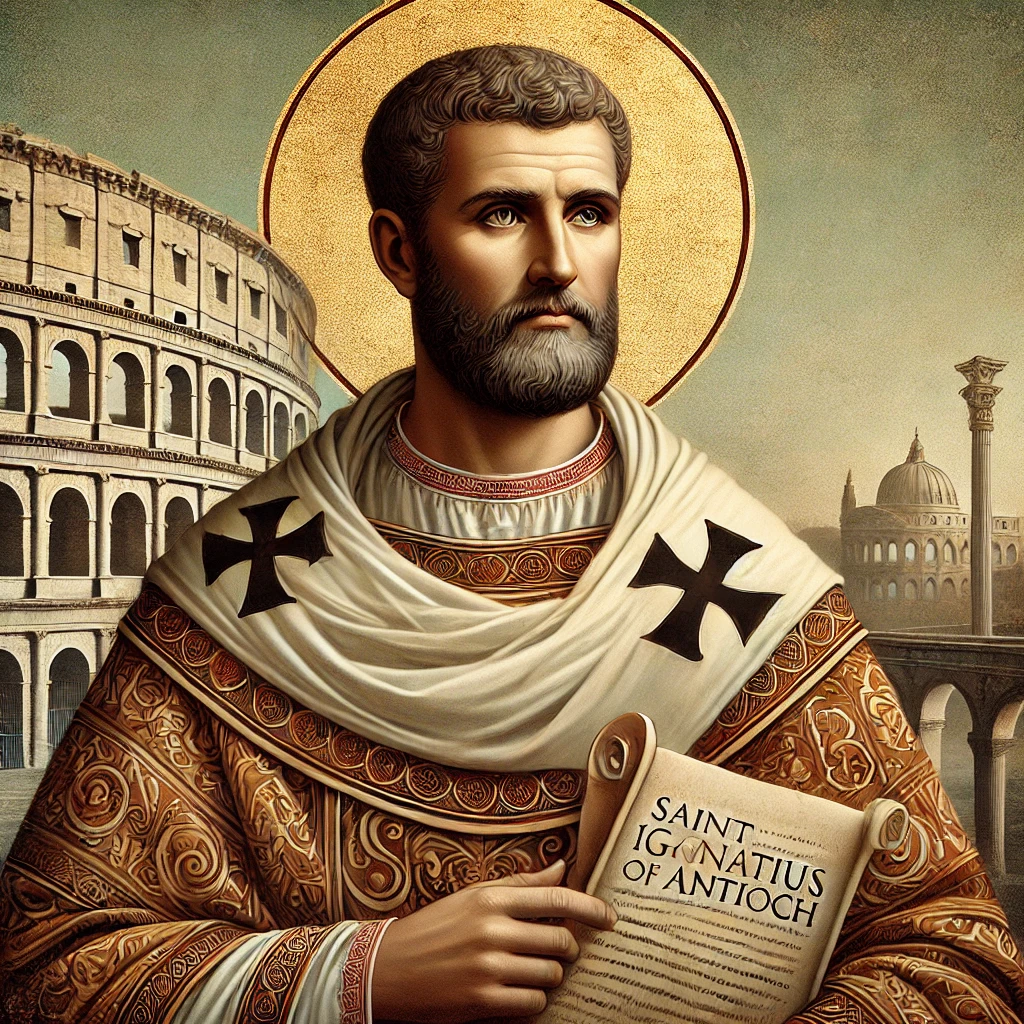Introduction
Ignatius of Antioch, one of the most prominent figures in the early Christian Church, lived during the late 1st century and early 2nd century. As a disciple of the Apostle John, Ignatius bridged the apostolic era and the emerging structure of the Church. His writings and martyrdom have left a profound legacy that continues to inspire Christians worldwide. Why am I including early Church Fathers? Because they knew a lot of stuff like dates, circumstances, early Christian practices.
Early Life and Role in the Church
Ignatius was born in the Roman province of Syria, possibly around 35 AD. Little is known about his early life, but he rose to prominence as the Bishop of Antioch, one of the most significant Christian centers of the time. Tradition holds that he was appointed by the Apostle Peter himself.
Antioch, where followers of Jesus were first called Christians (Acts 11:26), was a bustling city with a growing Christian population. Ignatius' leadership was marked by his emphasis on unity, doctrinal purity, and steadfast faith.
Writings of Ignatius
During Emperor Trajan's reign (98–117 AD), Ignatius was arrested for refusing to renounce his faith and was sentenced to death in Rome. On his journey to martyrdom, he wrote seven epistles to various Christian communities. These letters, addressed to churches in places like Ephesus, Magnesia, and Smyrna, as well as to Polycarp, the Bishop of Smyrna, offer invaluable insights into early Christian theology.
Key themes in his letters include:
- Church Unity: Ignatius stressed the importance of bishops as leaders who maintain doctrinal unity and preserve the faith.
- Eucharist: He emphasized the Eucharist as the body and blood of Christ, highlighting its central role in Christian worship.
- Martyrdom: Ignatius viewed his impending death as a way to emulate Christ, urging others to remain faithful even in the face of persecution.
Here Are PDF Downloads Of all His Writings
- To The Ephesians
- The Epistle of Ignatius to the Magnesians
- The Epistle of Ignatius to the Trallians
- The Epistle of Ignatius to the Philadelphians
- The Epistle of Ignatius to the Smyrnaeans
- The Epistle of Ignatius to Polycarp
- The Epistle of Ignatius to the Romans
- The Martyrdom of Ignatius
- The Second Apology of Justin
Martyrdom in Rome
Ignatius arrived in Rome around 107 AD, where he was martyred by being thrown to wild beasts in the Colosseum. His letters reveal his readiness for this sacrifice, famously writing, "I am God’s wheat, and I am ground by the teeth of wild beasts that I may become the pure bread of Christ."
His death became a powerful testimony to the faith, inspiring others to remain firm in their beliefs.
Legacy
Saint Ignatius of Antioch is venerated as a saint in both the Eastern Orthodox and Roman Catholic Churches. His feast day is celebrated on October 17 in the West and December 20 in the East. His writings have been preserved and studied for their profound theological insights, especially on the sacraments, Church hierarchy, and Christian unity.
Conclusion
Ignatius of Antioch exemplified courage, faith, and devotion. His life and teachings remind us of the sacrifices made by early Christians to preserve and spread the Gospel. As a link between the Apostles and the generations that followed, his legacy continues to shape Christian theology and practice today.
